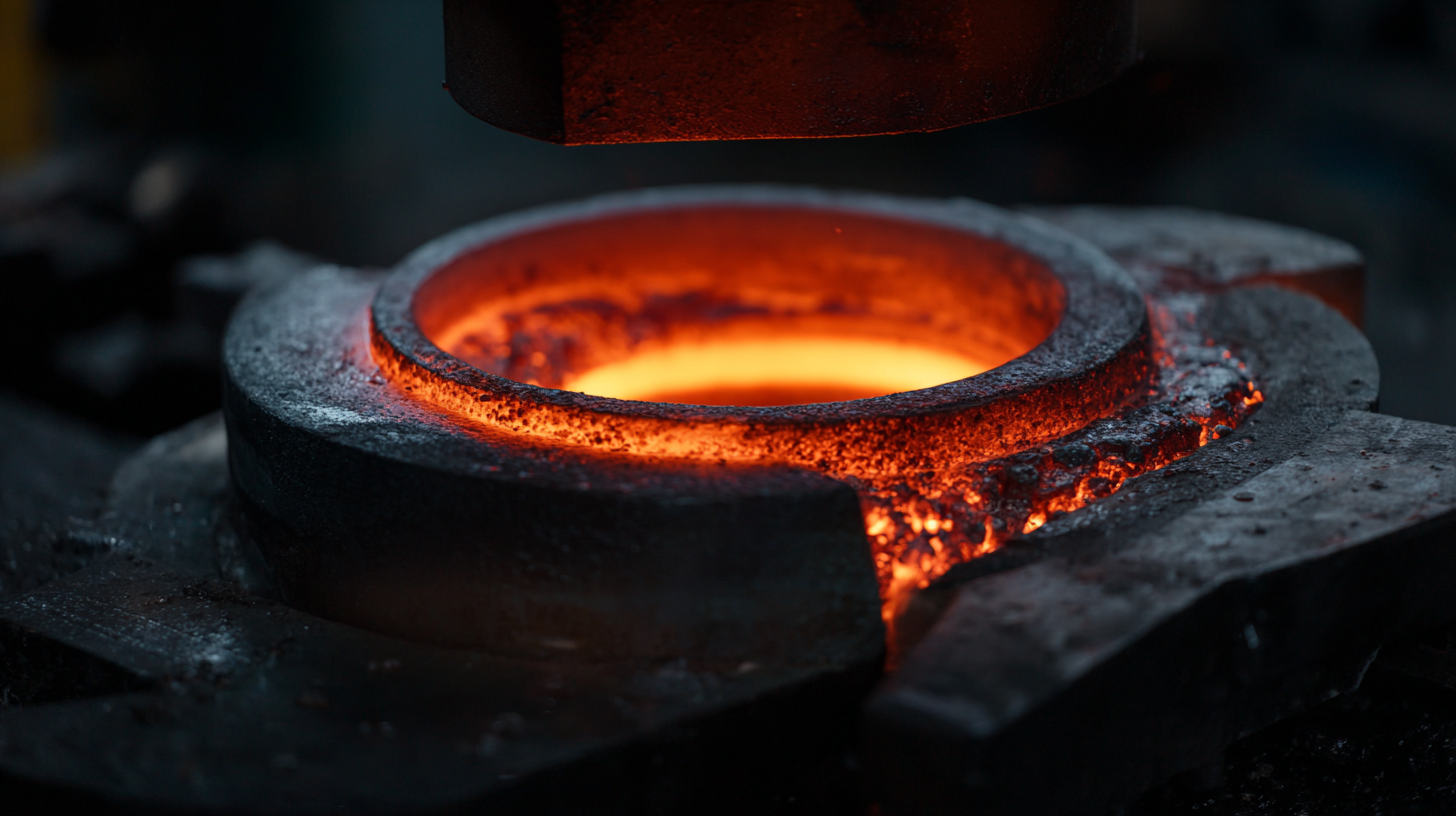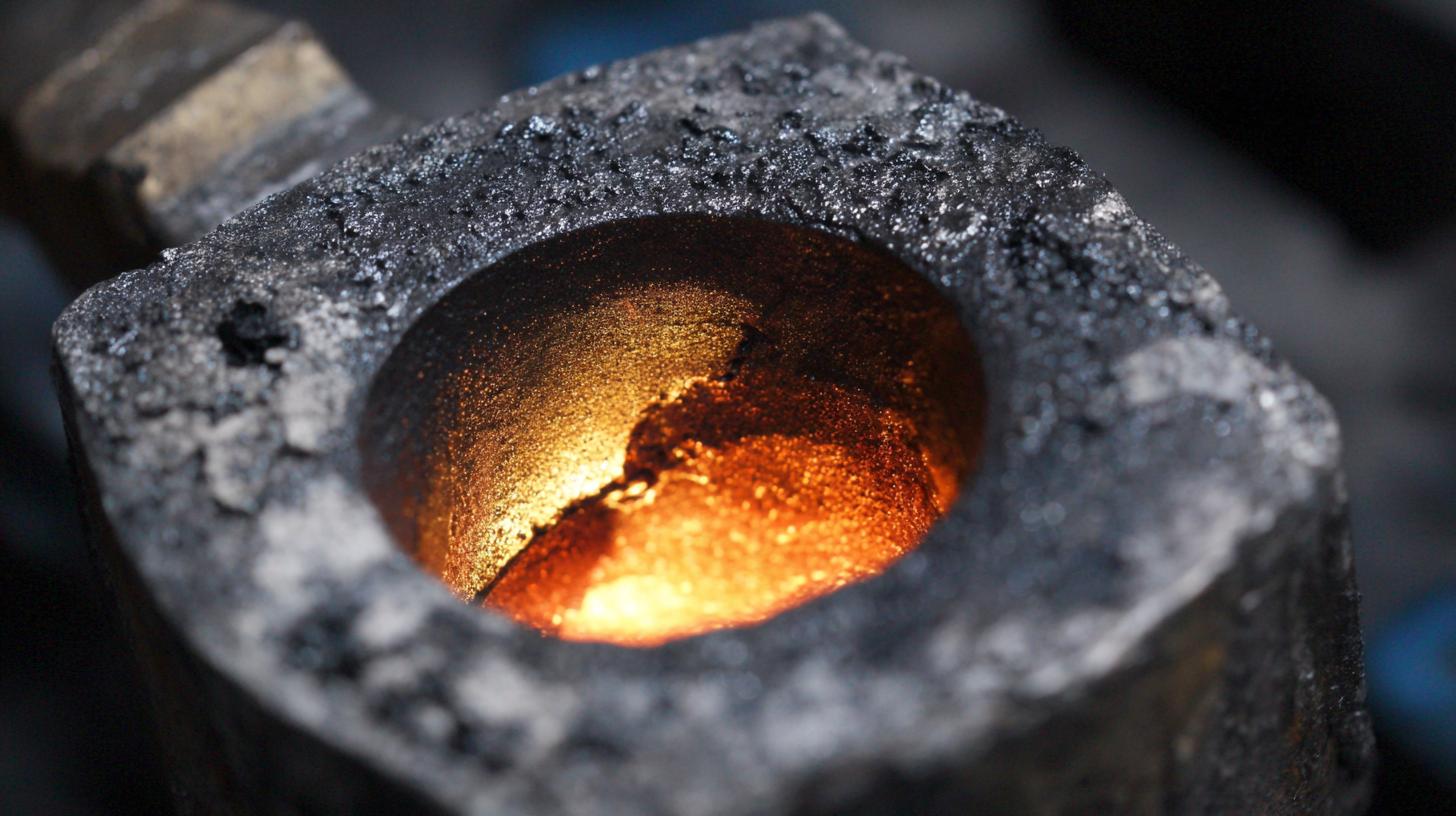 +86 180 0293 5268
+86 180 0293 5268






In the competitive landscape of global manufacturing, the significance of adhering to industry standards in Lost Wax Investment Casting cannot be overstated. According to a report by MarketsandMarkets, the global investment casting market is projected to reach $20.87 billion by 2025, witnessing a CAGR of 5.1% from 2020 to 2025. This growth underscores the increasing reliance on precision casting techniques to meet the demands for high-quality components across various industries, including automotive, aerospace, and medical.

The ability to optimize Lost Wax Investment Casting processes not only enhances product quality but also ensures compliance with stringent industry regulations, positioning manufacturers favorably in the international market. As factories aim to export their products globally, understanding and implementing best practices in Lost Wax Investment Casting becomes essential for maintaining a competitive edge and achieving operational excellence.
The importance of industry standards in lost wax investment casting cannot be overstated. These standards serve as a critical framework that ensures the consistent quality and reliability of components produced through this sophisticated manufacturing process. By adhering to established guidelines, manufacturers can achieve precision in their casting, leading to products that meet or exceed customer expectations. This is particularly vital in industries such as aerospace and medical, where the integrity of each part is paramount.
Implementing industry standards also fosters a culture of safety and compliance, reducing the risks associated with casting defects. It encourages manufacturers to utilize best practices and modern technologies, which not only enhance product performance but also mitigate environmental impacts. Furthermore, compliance with industry standards facilitates smoother communication across the supply chain, allowing for better collaboration between designers, manufacturers, and customers. In essence, embracing these standards is essential for driving innovation and maintaining a competitive edge in the ever-evolving landscape of lost wax investment casting.
This bar chart illustrates the importance of various industry standards in the lost wax investment casting process. The data indicates the percentage of companies that adhere to each standard.
Lost wax investment casting is a refined technique in the manufacturing industry, acclaimed for its ability to produce intricate designs and maintain high precision. Key components that contribute to effective casting include the quality of the wax pattern, the investment material, and the overall mold design. The wax pattern serves as the foundation of the casting process; any imperfections here can lead to flaws in the final product. Therefore, using high-quality, durable wax that can withstand the heat of the subsequent processes is crucial.
Another essential aspect is the investment material, typically a mixture of silica and other binders, which needs to exhibit excellent thermal stability to endure the high temperatures experienced during melting and pouring. The effectiveness of the mold design itself can significantly influence the quality of the final casting. An effective mold allows for an even distribution of molten metal and proper venting, minimizing the risks of defects such as air pockets or incomplete fills. Adhering to industry standards throughout each stage can ensure that manufacturers achieve optimum results, meeting both functional and aesthetic requirements.

The metal casting market has been experiencing significant growth, powered by various sectors such as automotive, construction, and manufacturing. As of 2022, the global metal casting market was valued at approximately USD 200 billion, with expectations to expand at a compound annual growth rate (CAGR) of around 5% between 2023 and 2030. This growth is largely driven by increased demand for high-quality casting processes, particularly in investment casting, which offers superior precision and complex geometries tailored to industry standards.

Investment casting, often favored for its high accuracy and excellent surface finish, is positioned for increased compliance scrutiny. Best practices in this area emphasize the importance of adhering to stringent industry standards, such as ISO 9001, to ensure quality and reliability throughout the casting process. Advanced technologies and automation are now being implemented to optimize these processes, resulting in improved efficiencies and reduced waste. By aligning operations with industry regulations, manufacturers can enhance both their market position and sustainability efforts, essential qualities in today’s competitive landscape.
Recent advancements, such as the establishment of Africa's first "Lighthouse Factory", exemplify the industry's shift towards green manufacturing practices. This initiative not only promotes efficient production methodologies but also underscores the significance of compliance with environmental standards, representing a high watermark for the industry as it navigates the dual challenges of growth and sustainability.
Innovative technologies have significantly transformed the lost wax investment casting process, enhancing both quality and efficiency in modern manufacturing environments. Advanced techniques such as 3D printing and computer-aided design (CAD) have revolutionized the way patterns are created, allowing for intricate designs that were previously unattainable. These technologies reduce lead times and material waste, leading to a more sustainable production cycle. Additionally, the use of simulation software enables engineers to predict and rectify potential defects before the actual casting takes place, ensuring a higher standard of final products.
Moreover, the integration of smart manufacturing solutions, such as IoT and AI, has further streamlined the investment casting process. By implementing real-time monitoring and predictive analytics, manufacturers can optimize their operations, reduce downtime, and improve resource management. The ability to gather and analyze data from various stages of production allows for continuous improvement and consistent output quality. This innovative approach not only meets industry standards but also positions companies at the forefront of the competitive landscape, reinforcing their commitment to excellence in lost wax investment casting.
When it comes to achieving precision and consistency in investment casting projects, adhering to industry standards is essential. According to a report from the Investment Casting Institute, precision in the process can enhance product quality and reduce manufacturing costs by up to 30%. This statistic underscores the importance of employing best practices in lost wax investment casting to meet both client expectations and regulatory requirements. Utilizing advanced techniques such as computer-aided design (CAD) and simulations can enhance the accuracy of the casting process, promoting uniformity in each piece produced.
Moreover, maintaining a controlled environment during the pouring and cooling stages can significantly affect the outcome. A study published by the American Society for Testing and Materials indicates that temperature fluctuations can lead to defects in up to 15% of cast components. To mitigate this, manufacturers should implement rigorous temperature control measures and perform regular equipment maintenance. Ultimately, investing time and resources into adhering to these standards and techniques can not only achieve high precision but also build long-term reliability in investment casting projects.
